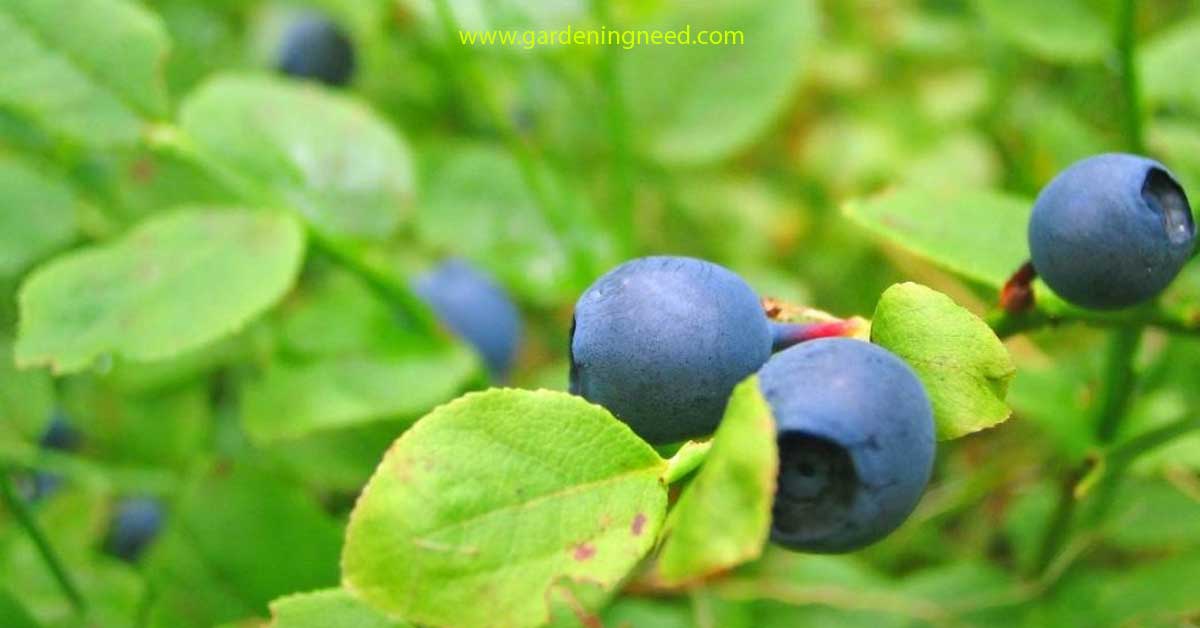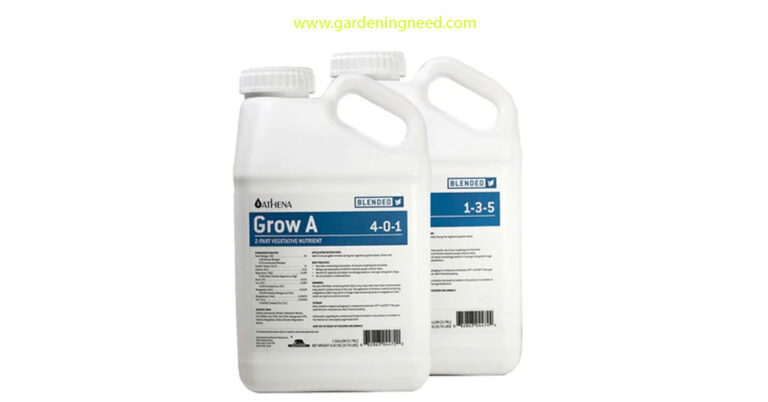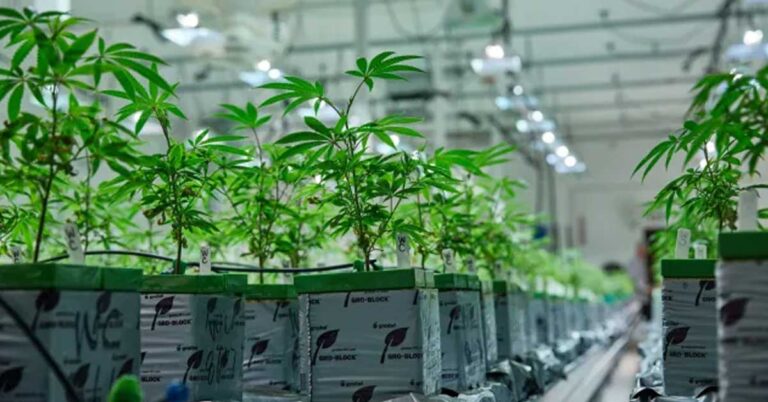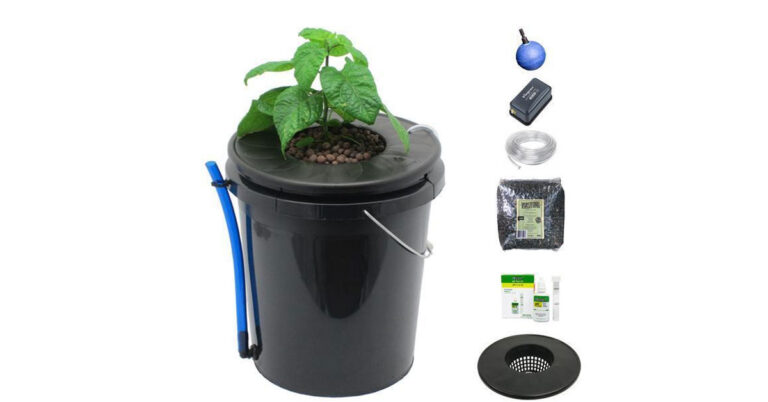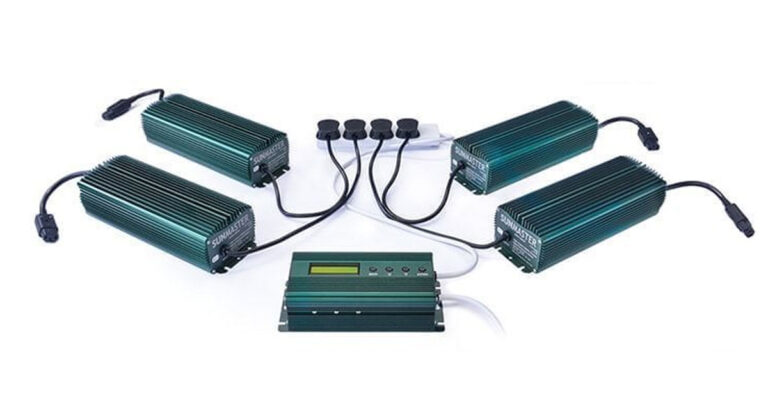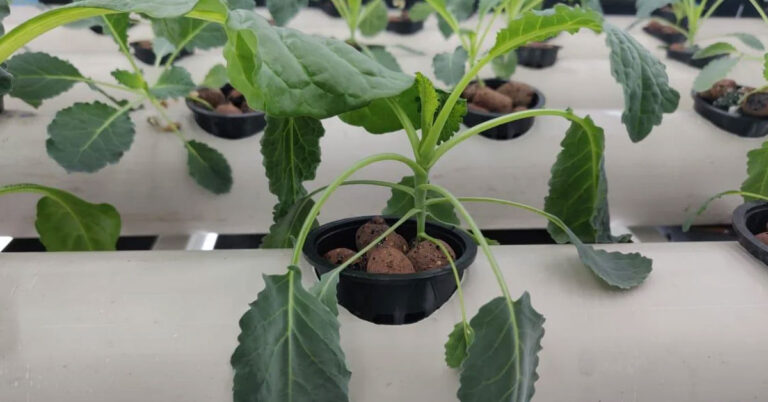Hydroponics Blueberries: A Fresh Approach to Indoor Gardening
Indulging in the sweet, tangy taste of ripe blueberries is an experience like no other. Whether it’s blueberry pies, blueberry smoothies, or simply eating them fresh off the plant, the delightful flavor of this fruit is a treat for the taste buds. In recent years, hydroponics blueberries have risen in popularity, offering growers the advantage of greater control, higher yields, and the ability to cultivate in a variety of settings, irrespective of soil quality or available land.
Hydroponic growing of blueberries presents a unique method to cultivate this scrumptious fruit. The technique uses a nutrient-rich water solution rather than soil, creating an optimized environment that directly meets the needs of the plant’s root systems. It’s no wonder why more and more farmers, gardeners, and even hobbyists are turning to hydroponic systems as the best way to grow blueberries.
In this article, we will guide you through the essentials of hydroponic blueberries, from choosing the right growing medium to maintaining the perfect pH levels for optimal growth. Get ready to unlock the secrets to delicious, plump blueberries right in your own home or garden.
Hydroponic System for Hydroponics Blueberries
The cornerstone of successful hydroponic blueberries lies in the selection of the right hydroponic system. Several options, from Nutrient Film Technique (NFT) systems to drip systems, are available for prospective growers. Each comes with its own set of pros and cons and is suited to particular conditions and needs.
Nutrient Film Technique (NFT) System
The NFT system is a popular choice for hydroponic blueberries. In this setup, nutrient-rich water flows continuously over the roots of the plants, held in a slightly sloped tray, providing them with a constant supply of water, oxygen, and nutrients. A major advantage of NFT systems is that they use less water and nutrients compared to other methods, making them an environmentally friendly and cost-effective option.
Drip Systems
Drip systems, on the other hand, offer a level of precision that is ideal for plants like blueberries that prefer moist conditions but not overly wet conditions. In a drip system, water and nutrients are delivered directly to the plant roots via a network of tubes. This ensures that each plant receives the right amount of water and nutrients, thereby promoting healthy roots and abundant crops.
Whichever system you choose, the key is to maintain a controlled environment that promotes plant growth while keeping a check on water quality, nutrient levels, and pH levels. These factors can greatly affect the growth and fruit production of your hydroponic blueberries.
Growing Medium and Conditions
While soil is the go-to medium for traditional agriculture, hydroponic blueberries thrive in various other growing mediums that allow for proper nutrient uptake and root health. The selection of the right growing medium is an essential step in ensuring the success of your hydroponic setup.
Blueberry bushes generally favor acidic conditions and grow best in mediums like peat moss, which naturally creates an acidic environment conducive to the plant’s growth. However, other mediums such as coco coir or perlite can also be used effectively in a hydroponic setting. The growing medium needs to retain moisture but should also allow for proper drainage to avoid overly wet conditions that can harm the plant’s root system.
Acidic Conditions and pH Levels
Blueberries require a specific pH level to grow optimally. They prefer acidic conditions, with the ideal pH range being between 4.0 and 5.0. Maintaining this low pH level encourages nutrient availability, promoting healthy and strong growth.
In hydroponic cultivation, growers have greater control over the pH levels, enabling them to create the perfect conditions for their blueberries. Regular testing and adjustments of the hydroponic solution ensure the pH remains within the ideal range. The use of sulfur prills, a type of much-needed sulfur, can help lower the pH if needed. However, care must be taken not to add too much sulfur, as excessively acidic conditions can inhibit the plant’s nutrient uptake.
In essence, proper care of your hydroponic blueberries involves managing these essential variables to ensure your plants get the best conditions for growth and berry production.
Blueberry Varieties and Propagation
The joy of growing hydroponic blueberries is the vast selection of blueberry varieties available to growers. From the large, plump berries of the ‘Duke’ variety to the deliciously sweet ‘Blueray,’ each variety brings something unique to your hydroponic garden. Certain varieties like the dwarf blueberry cultivars are especially well-suited for a hydroponic setup, as they naturally grow well in limited space and provide an abundant crop of tasty blueberries.
Once you’ve selected your preferred blueberry variety, the next step involves propagation. Propagation for hydroponic blueberries can be achieved through both seeds and cuttings.
Seeds and Cuttings
Propagation from blueberry seeds can be a lengthy process, as it takes time for the seeds to germinate and the young plants to mature enough to produce fruit. This method often requires the first year of growth to be dedicated solely to plant development before you can enjoy your first harvest season.
A quicker option involves propagating from blueberry cuttings. This involves taking a cutting from a healthy, mature blueberry plant and placing it in your hydroponic system. With the right conditions and proper care, these cuttings can quickly develop root systems and start producing delicious blueberries in the same growing season.
Whether you choose seeds or cuttings, the propagation tray or growing tray plays a crucial role in this process. It holds the new growth securely and provides it with the nutrient-rich water it needs to develop into a healthy plant.
Nutrients and Water Quality
One of the essential aspects of successful hydroponic blueberries cultivation is the management of nutrient levels and water quality. As the primary source of nourishment for your plants, the hydroponic solution must be carefully monitored and adjusted to maintain the optimal balance of essential nutrients.
It’s important to note that blueberry plants require a different nutrient balance compared to other plants. For instance, they need high amounts of sulfur to thrive. Moreover, due to their preference for acidic conditions, the water quality needs to be adjusted to maintain the right pH levels, thereby ensuring proper nutrient uptake.
Sulfur and Essential Elements
One of the key elements for blueberry health is sulfur. A nutrient-rich water solution with sufficient sulfur levels helps blueberries grow strong and healthy. Regular testing and adjusting of sulfur levels in your hydroponic solution will ensure that your blueberries receive the much-needed sulfur they require.
Other essential nutrients for blueberry plants include nitrogen, phosphorus, potassium, and several trace elements. While standard nutrient solutions can provide these essential nutrients, it’s crucial to adjust the solution to the specific needs of your blueberry plants. This might involve increasing or decreasing certain nutrients based on the plant’s growth and the specific blueberry varieties you are growing.
By diligently managing the nutrients and water quality, you are setting the stage for high yields of juicy, delicious hydroponic blueberries.
Lighting and Environment
Lighting is a crucial factor in any hydroponic system, and blueberries are no exception. These berry crops require plenty of light to photosynthesize effectively and produce their delicious fruit. While natural light is always a great option, many hydroponic growers opt for artificial lighting to provide a consistent light source, particularly when growing indoors or in a grow room.
The environment in which the blueberries grow also plays a significant role in their development. As mentioned earlier, blueberries favor acidic conditions and a specific pH range. In addition, they prefer cooler temperatures and are well-suited for the cold season. Therefore, maintaining the optimal temperature and humidity level in your growing environment will contribute to the success of your hydroponic blueberries.
Artificial Lighting Options
When it comes to artificial lighting, you have several options. High-Intensity Discharge (HID) lamps, fluorescent lights, and Low Heat Fluorescent Bars are all suitable for blueberries.
HID lamps are an effective choice as they offer high light output. However, they do produce a substantial amount of heat, which may not be suitable in some situations.
Fluorescent lights and Low Heat Fluorescent Bars are more suitable for blueberries, as they provide adequate light without generating excessive heat. This type of light is ideal for the cold-loving blueberry plants.
Regardless of your choice of lighting, be sure to optimize the use of available light. A well-lit growing environment ensures healthy plant growth, leading to an abundant harvest of hydroponic blueberries.
Plant Growth and Care
Proper care is vital to the success of your hydroponic blueberries. This involves not just maintaining the right conditions and nutrient levels, but also taking care of the physical plant itself. Regular pruning is important to encourage new growth and maximize fruit production. In addition, you should also be mindful of any potential issues such as discoloration of the leaf tips, which could indicate a problem with nutrient uptake or pH levels.
With proper care, you can expect your blueberries to grow strong and healthy, producing an abundant crop season after season. Let’s delve deeper into some specific aspects of plant growth and care, particularly pruning and nurturing new growth.
Pruning and New Growth
Pruning is an important part of caring for your hydroponic blueberries. It helps promote new growth and ensures that the plant’s energy is directed towards producing fruit rather than unnecessary foliage. It’s generally best to prune during the dormant period, just before the growing season begins.
During pruning, remove any dead or diseased branches to encourage new growth. You should also thin out crowded areas to allow light to reach the entire plant. This is a great way to encourage an abundant crop of delicious blueberries.
In addition to pruning, take care of the new growth that appears on your plants. These new shoots are the future of your blueberry crop. Nurturing this new growth involves providing the right nutrients, maintaining optimal pH levels, and ensuring that the plants get the right amount of water and light.
By taking proper care of your plants and their new growth, you can look forward to a rewarding harvest of delicious, juicy hydroponic blueberries.
Fruit Production and Harvesting
The ultimate reward of growing hydroponic blueberries is the moment you harvest the ripe, juicy berries. From the careful management of nutrient levels and pH to maintaining the optimal growing conditions, every step taken is with the aim of maximizing fruit production.
Harvesting hydroponic blueberries is a simple process, but it’s important to wait until the berries are fully ripe. Unlike some fruits, blueberries do not continue to ripen after being picked. By paying close attention to your plants and picking the berries at the right time, you’ll ensure the sweetest, most flavorful fruit.
Achieving High Yields
Achieving high yields with hydroponic blueberries is a result of meticulous care and attention to the plants throughout their growing cycle. From selecting the right blueberry variety and propagating it correctly to maintaining optimal nutrient levels, pH, and lighting conditions, every factor contributes to the yield you can expect.
With a well-managed hydroponic system, it’s possible to achieve higher yields than traditional soil cultivation. In recent years, many growers have reported great success with hydroponic blueberries, yielding abundant crops of delicious berries.
In addition to optimal growing conditions, regular pruning, and proper care of new growth, ensuring that the plants have a sufficient amount of light can significantly improve yields. Whether using natural light or artificial lighting options, providing your plants with plenty of light will result in healthier plants and a greater number of fruit.
By adhering to these best practices, you can enjoy the reward of a high yield of hydroponic blueberries, a testament to your hard work and dedication to this rewarding form of cultivation.
Challenges and Solutions
While hydroponic cultivation of blueberries offers numerous advantages, including higher yields and greater control over growing conditions, it also presents its unique set of challenges. The primary obstacles encountered by hydroponic growers include managing the acidic conditions blueberries require, maintaining the right nutrient balance, and providing optimal lighting. Fortunately, with a bit of knowledge and forethought, these challenges can be overcome, leading to a successful and fruitful hydroponic blueberry garden.
Managing Acidic Conditions
Blueberries require more acidic conditions than many other plants. Maintaining these conditions in a hydroponic setting can prove challenging, but it’s not an insurmountable obstacle. Regular testing of the pH levels in your hydroponic solution and careful adjustment can help maintain the acidity that blueberries need. Remember, sulfur prills can lower the pH level, while other additives may be necessary to raise it.
Nutrient Balance
Maintaining the right nutrient balance for blueberries in a hydroponic setup can be tricky, given their specific needs. However, with diligent monitoring and adjustment of nutrient levels, it is possible to provide your blueberries with the exact nutrients they require. High amounts of sulfur are essential, as are regular tests of the nutrient levels to ensure your blueberries are getting what they need to thrive.
Lighting
Providing the right amount of light for your blueberries is crucial for their growth and fruit production. Whether you’re using natural or artificial light, ensure that the plants receive ample light for optimal growth. Remember, different types of artificial lights can affect the heat in your growing environment, so choose the best option for your setup.
By understanding these challenges and implementing the solutions discussed, you’ll be well on your way to creating a thriving hydroponic blueberry garden, brimming with plump, delicious blueberries ready for you to enjoy.
Conclusion
Hydroponic blueberries are a fantastic addition to any home garden or commercial hydroponic setup. Despite the challenges, the rewards of this cultivation method are truly worthwhile. It’s a great way to enjoy the delicious taste of blueberries all year round, no matter the weather or the season outside.
By understanding the specific needs of blueberries and adjusting your hydroponic system accordingly, you can successfully grow these flavorful berries. Managing the right pH levels, providing essential nutrients like sulfur, maintaining the optimal light conditions, and giving the plants proper care are key to achieving high yields.
So, whether you’re a seasoned hydroponic grower or just beginning your journey, growing blueberries hydroponically is an exciting endeavor. With some preparation and a little work, you’ll be on your way to enjoying a bountiful harvest of sweet, juicy, and incredibly fresh blueberries grown right in your own hydroponic setup.
Related Articles:

